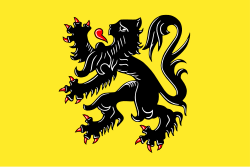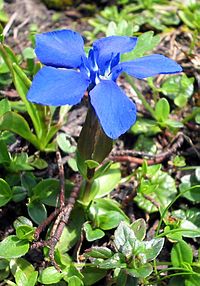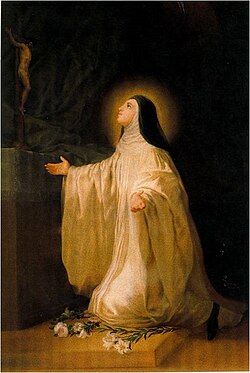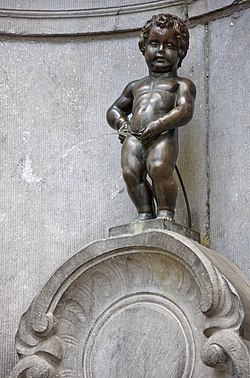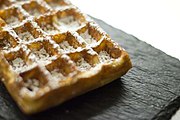
National symbols of Belgium are the symbols used to represent the Kingdom of Belgium. Article 193 of the Belgian Constitution is dedicated to specifying the national flag, colours, coat of arms, and motto. It says the following: "The Belgian nation takes red, yellow and black as colours, and as state coat of arms the Belgian lion with the motto Unity makes strength." [1]



